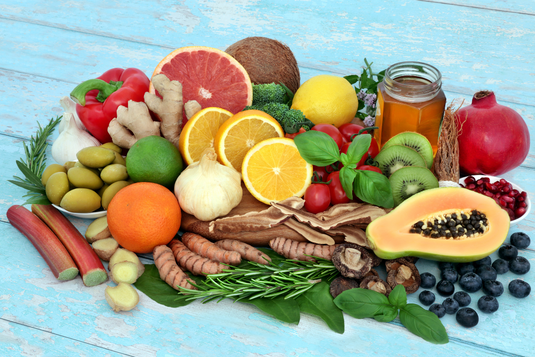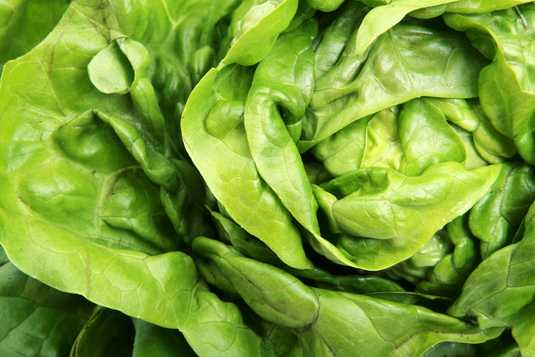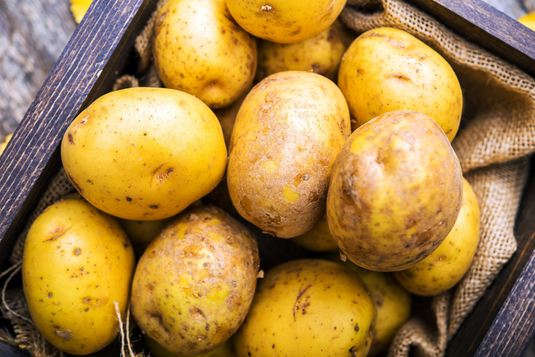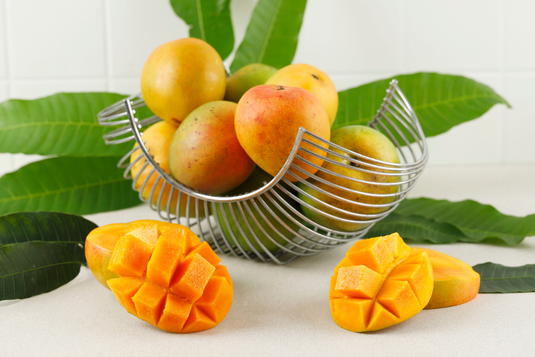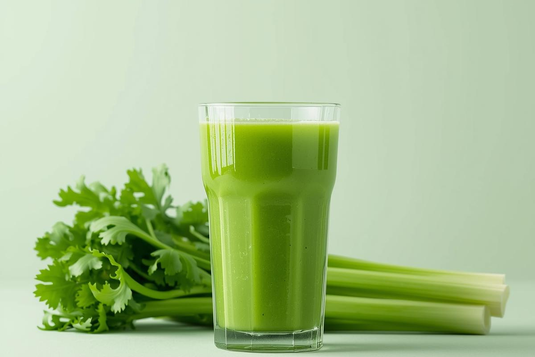When you are trying to conceive or take care of a pregnancy that has already occurred, make this your motto: "Eat fruit to bear fruit." This is because forming a fetus is exactly what you are doing when you foster new life within you. It sounds a bit cliche (and silly) to compare a woman's reproductive system to a flower, but it really is. If you've ever studied botany, you know that flowers have a pistil that contains the seed buds that are fertilized and eventually form a fruit. Sound familiar? The process is very similar to that in humans.
You too were once a tiny egg that fertilized and became a human. When you eat a fetus that was once a tiny egg that fertilized and miraculously formed into a fetus, you and the fetus join forces. You absorb the wisdom and life-giving properties of the fruit.
Fruits have amazing nutritional qualities. First of all, the reproductive system runs on glucose, and the best, most bioavailable source of glucose is fruit (and coconut water and raw honey). Modern high-protein diet trends work against you if you're a woman trying to get pregnant or maintain a healthy pregnancy because a woman's reproductive system doesn't work on protein. In addition to glucose, it also needs minerals, micronutrients, electrolytes, micronutrients, phytochemicals and other important compounds found only in the Sacred Four Food Groups – Fruits, Vegetables, Herbs and Spices, and Wild Foods (more on these food groups, you can read in Anthony William's book "The most useful foods" ). Your body uses these elements to protect itself from the poisonous substances in various plastics , pesticides, herbicides , pharmaceuticals and GMO foods .
When looking for a nutritional diet that promotes fertility, consider the composition of breast milk. It is high in sugar, low in fat and relatively low in protein. It's basically the ultimate sugar water. Since breast milk will be the first food for the baby you hope to have, you'll be getting your body moving in the right direction if you start taking a similar approach to the overall composition of what you eat: first on the list is natural sugar (in the form of fructose and glucose from whole food sources, mostly fruit), followed by some fat and a much smaller portion of protein. Women on high protein/low carb diets, especially when they are over the age of 30, often have difficulty producing breast milk because they don't have the right building blocks.
So if your main nutritional concern has been getting enough protein, turn your attention to fruit. The Spirit of Compassion suggests to Anthony William that in the future, among the thousands of hidden compounds, coenzymes, and phytochemicals that science will discover to be present in fruits, vegetables, herbs, and spices, as well as wild foods, one group of compounds that promote fertility. These powerful compounds will play a key role in the future of breeding. Scientists will extract them from a particular variety of polyphenol, concentrate them, and use these concentrates to create new drugs to address the infertility crisis we will face. For now, the way to get them is to eat foods from the Sacred Four Food Groups, especially berries (including wild blueberries). Fertility ingredients in berries support the reproductive system by (1) balancing reproductive hormones and (2) managing the reproductive system's absorption of specific nutrients that science has not yet discovered it needs in abundance to function optimally .
Other ideal fruits for fertility are oranges, bananas, avocados, grapes, mangoes, melons, raspberries, cucumbers, cherries and limes. Other powerful foods for regenerating the reproductive system - whether it's a "weak reproductive system" or conditions such as pelvic inflammatory disease, endometriosis, fibroids (fibroids) , polycystic ovary syndrome (PCOS) or ovarian cysts - are asparagus, spinach , artichokes, cabbage, celery, lettuce, potatoes, garlic, nettle leaves, raspberry leaves, coconut, sprouts, microgreens, red clover and raw honey. To learn even more about what these foods do for you, read Anthony William's book The Best Foods.
More about problems with the reproductive system and fertility, you can learn from the article "Fertility and our future" , and additional health tips for problems with the female reproductive system, read the article "Celery stem juice for polycystic ovary syndrome, fibroids and endometriosis" .
